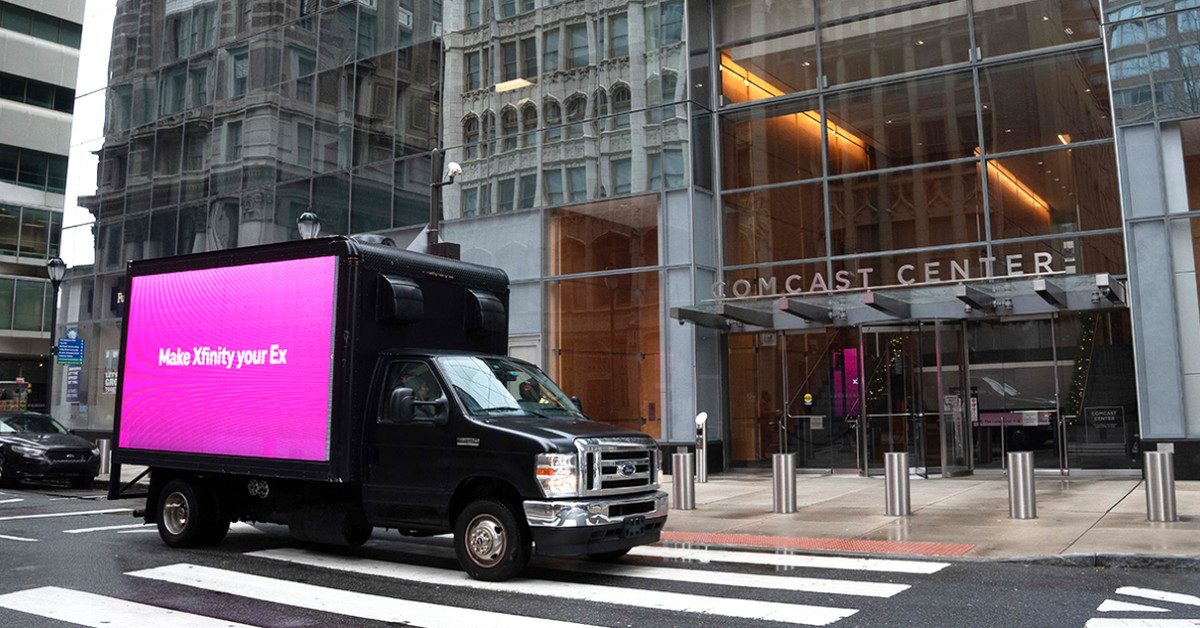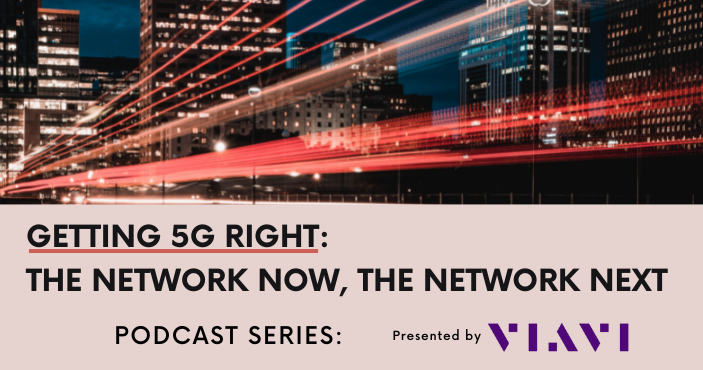3 Use Cases at the Metro Edge – Interconnections – The Equinix Blog
Enterprises should acknowledge there’s no one-size-fits-all strategy to deploying on the digital edge. They want an edge technique that’s custom-tailored to their particular wants. As an alternative of asking “The place is the digital edge?”, enterprise leaders ought to ask “The place is my digital edge?” Solely by adapting their edge methods to the precise wants of their enterprise can they efficiently deploy the appropriate use instances in the appropriate places.
The metro edge is the perfect location for a lot of low-latency purposes
Latency necessities and end-user quantity could outline the sting hierarchy, however there’s a 3rd attribute that’s equally essential: entry to digital ecosystems. Tapping into an ecosystem of companions and repair suppliers is important to assist enterprises broaden their attain and shortly add new capabilities. As an example, multiaccess edge computing (MEC) helps allow proximity and intensely low latency throughout companion ecosystems to help autonomous automobiles and different superior use instances.
The diagram beneath gives a fast have a look at among the totally different edges within the hierarchy, together with the defining traits of use instances which might be sometimes deployed in these places. Because the diagram reveals, the metro edge could symbolize the “candy spot” for a lot of edge use instances, because it’s optimized for comparatively low latency, comparatively excessive person attain, and easy accessibility to service suppliers and companions.
Edge deployment use case examples
The metro edge is very properly fitted to use instances that require roundtrip latency between 10 and 20 milliseconds. This consists of these the place enterprises want easy accessibility to cloud-on ramps on demand, however the place the cloud places themselves are too distant from finish customers or not appropriate attributable to hybrid multicloud necessities. It additionally helps guarantee entry to many customers throughout a number of networks; that is in distinction to telco edge places, the place enterprises could discover it troublesome to interconnect with multiple community service supplier.
On this weblog, we’ll present a fast have a look at just a few of the numerous low-latency use instances which might be notably properly suited to run in metro edge places.
Growing effectivity and resilience in agricultural operations
The aim of the agriculture sector is to maximise manufacturing and effectivity, whereas additionally minimizing crop losses brought on by excessive climate and pure disasters. At present’s farmers pursue these targets with the assistance of huge networks of IoT units used to watch animal motion, pest management, fertilization, water administration and extra. These monitoring units are comparatively cheap, which means they’ll simply be deployed in massive numbers all over the place they’re wanted.
Nonetheless, to get the complete worth of the monitoring knowledge they seize, these units should be built-in into an edge technique that additionally consists of knowledge aggregation and analytics purposes. One motive the adoption of good agriculture has been comparatively gradual is that farmers have historically relied on the web to maneuver their knowledge, and rural areas have suffered from a lack of fast, reliable internet access.
Deploying purposes on the metro edge helps clear up this drawback, basically establishing a bridge between the IoT units on the far edge and the cloud and community providers wanted to show monitoring knowledge into actionable insights. Moderately than relying on the web like they’ve previously, farmers can now benefit from the transformative energy of 5G connectivity to unlock the complete potential of good agriculture.
Breaking via knowledge silos in good cities
The dream of good cities expertise is to make our city areas work higher. This implies gathering insights from site visitors and transportation programs, water and energy grids, metropolis providers and even the buildings themselves to help a greater high quality of life for residents. Nonetheless, there are important challenges concerned with realizing that dream. First, the good infrastructure should collect knowledge in a safe, dependable and cost-effective method. Latest developments in IoT and AI expertise have helped make this attainable.
Subsequent, cities should additionally combination that knowledge shortly to help well timed evaluation and knowledgeable decision-making. That is the place the method has historically damaged down. Shifting knowledge from sensors to core processing websites was time-consuming and latency-intensive, and knowledge sometimes ended up in fragmented silos as soon as it obtained there.



